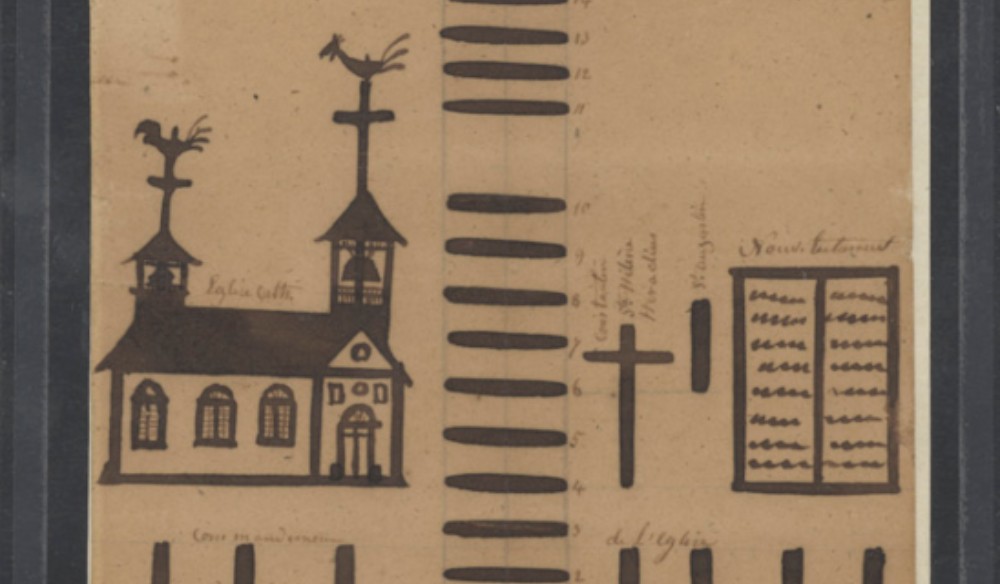Why were early Roman Catholic Missionaries so successful in the Pacific Northwest? My college history courses described the adaptability of priests, nuns, French Canadian voyageurs, and fur trappers in mingling with Native tribes. The voyageurs and trappers often took Native wives, were rarely accused of land-grabbing, and quickly learned the Indians’ methods of survival. “Blackrobes,” as priests were called, represented a hardy lot and carried extraordinary religious training and spartan experience.
In 1838 Fathers Francis N. Blanchet and Modest Demers arrived in the Oregon Country from eastern Canada. A few years later Father Pierre-Jean de Smet founded a mission among the Flathead people. These men and others had carte blanche to provide religious instruction and secular help to both the Natives and the white pioneers. The Hudson’s Bay Company and its white-maned Chief Factor, John McLoughlin, served as an arm of the Roman Catholic church in reaching and serving Oregon residents.
Catholic missionaries created another ally to aid their work, described as follows: A simple strip of cloth on rude paper was unfurled and shown to the curious Natives. One such visual aid, found at Fort Nisqually, was made of thick paper pasted on heavy cloth. Simple black cartoons revealed a “story” or progression of events which were patiently explained to Native listeners. Father Blanchet may have used the first such a “ladder” in 1842 at the Cowlitz mission. This diagrammatic tool was fascinating to the unsophisticated eye. Here was a step-by-step tale of mankind, adventure, imposing structures and distant places.
The co-called “Catholic Ladder” described the following: at the bottom were the six days of creation; a circle represented Sunday, or the Seventh, the Holy Day. The trees represented knowledge; other symbols suggested Good and Evil. Parallel black bars represented Great Periods of Time: e.g.) Adam to Noah; Noah to Abraham; Abraham to the completion of the Temple; and from the Temple to Augustus Caesar. Then the priests moved their fingers up the scale (or ladder) to indicate Jesus’ life, and the Christian story followed. The ladder conveniently ended in 1842, or whatever year the seminar was presented.
Such imposing figures! Noah, Augustus Caesar, Jesus. This simplified history lesson, given by a “Blackrobe” surrounded by his emblems of office – books and crosses – was an exciting diversion for Native listeners. The “Catholic Ladder” helped a Native recruit remember, think, and perhaps dream about the strange new powers that seemed to guide these dedicated white visitors.
Today, reproductions of the “Ladder” are a curiosity, a remnant of pioneer days. Early Protestant missionaries had a difficult time matching the Roman Catholic version. Soon, however, life in the Oregon Country, with religious and national rivalries at every turn, resulted in confusion and anger among Native groups. The “Catholic Ladder” served a different time and was eventually forgotten.

Great article!
I just finished Jack Nisbet’s book, Visible Bones. He covers some similar ground as your article, but the ‘Ladder’ is something new to me and seems like a perfect tool for conversion. Old age Catechism, ugh!
Do you know of anything that gives the perspective of the native population (Flathead, Kalispell, Spokane, Kootenai, Coeur d’Alene, etc.) to the ‘Ladder’ narrative?